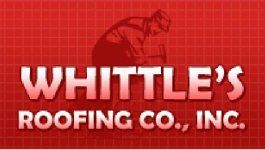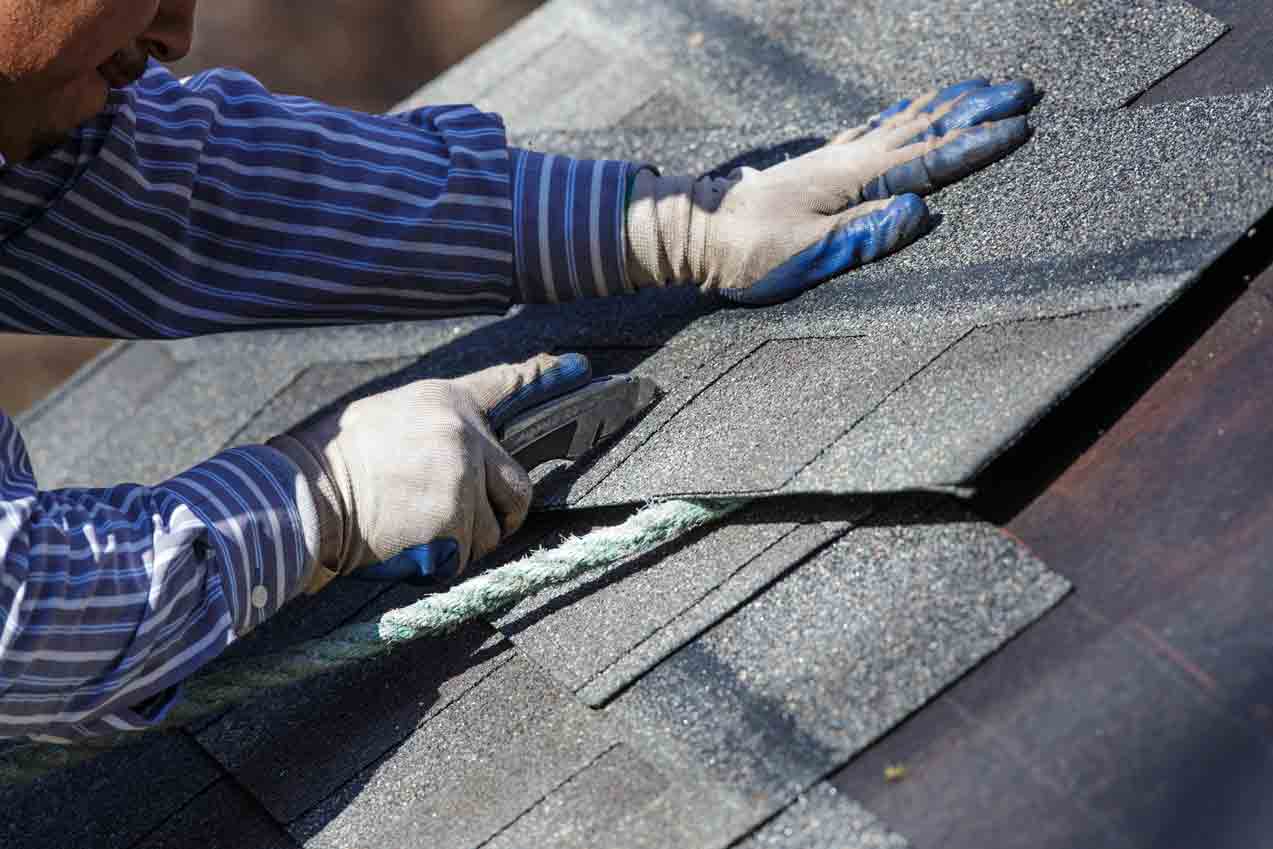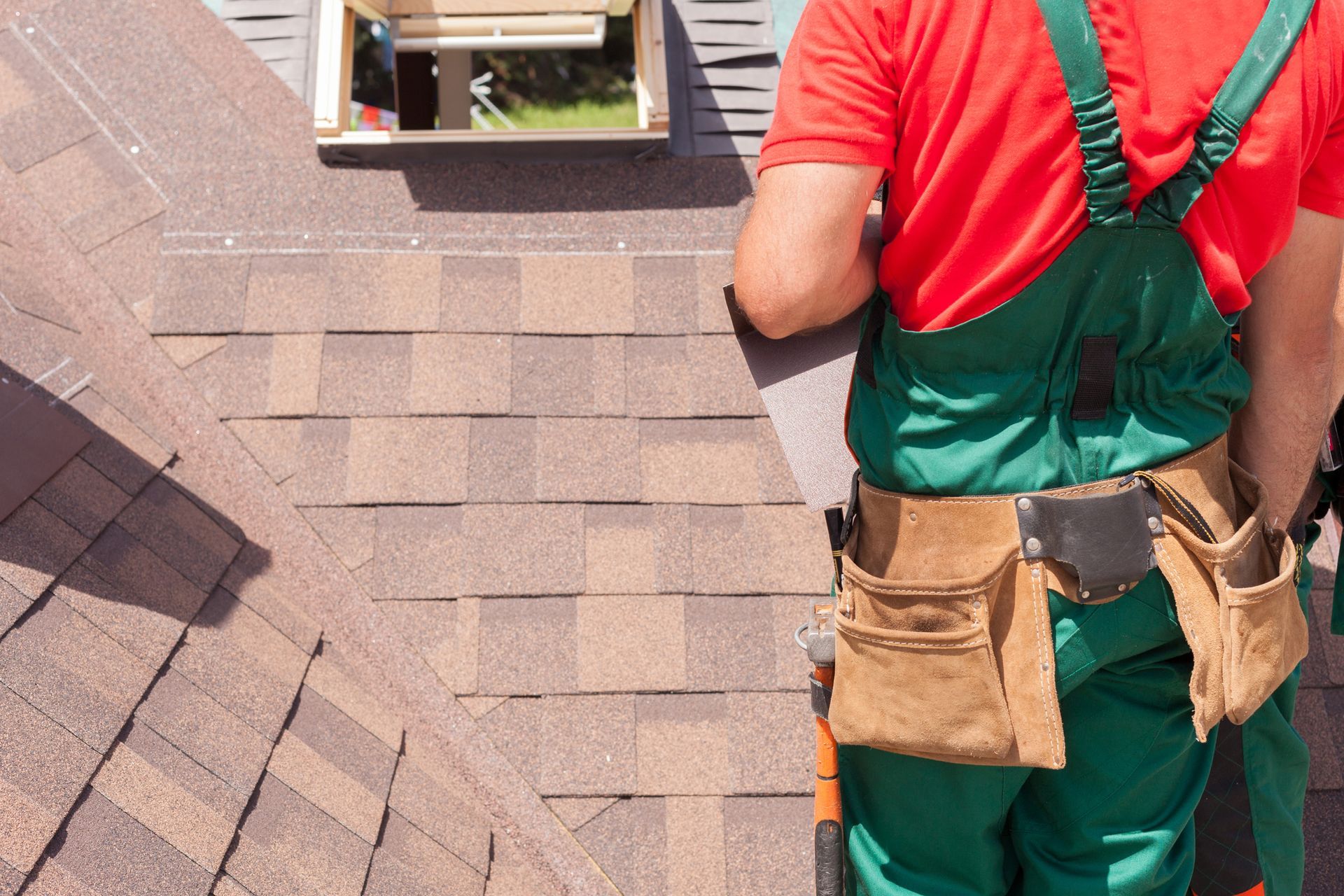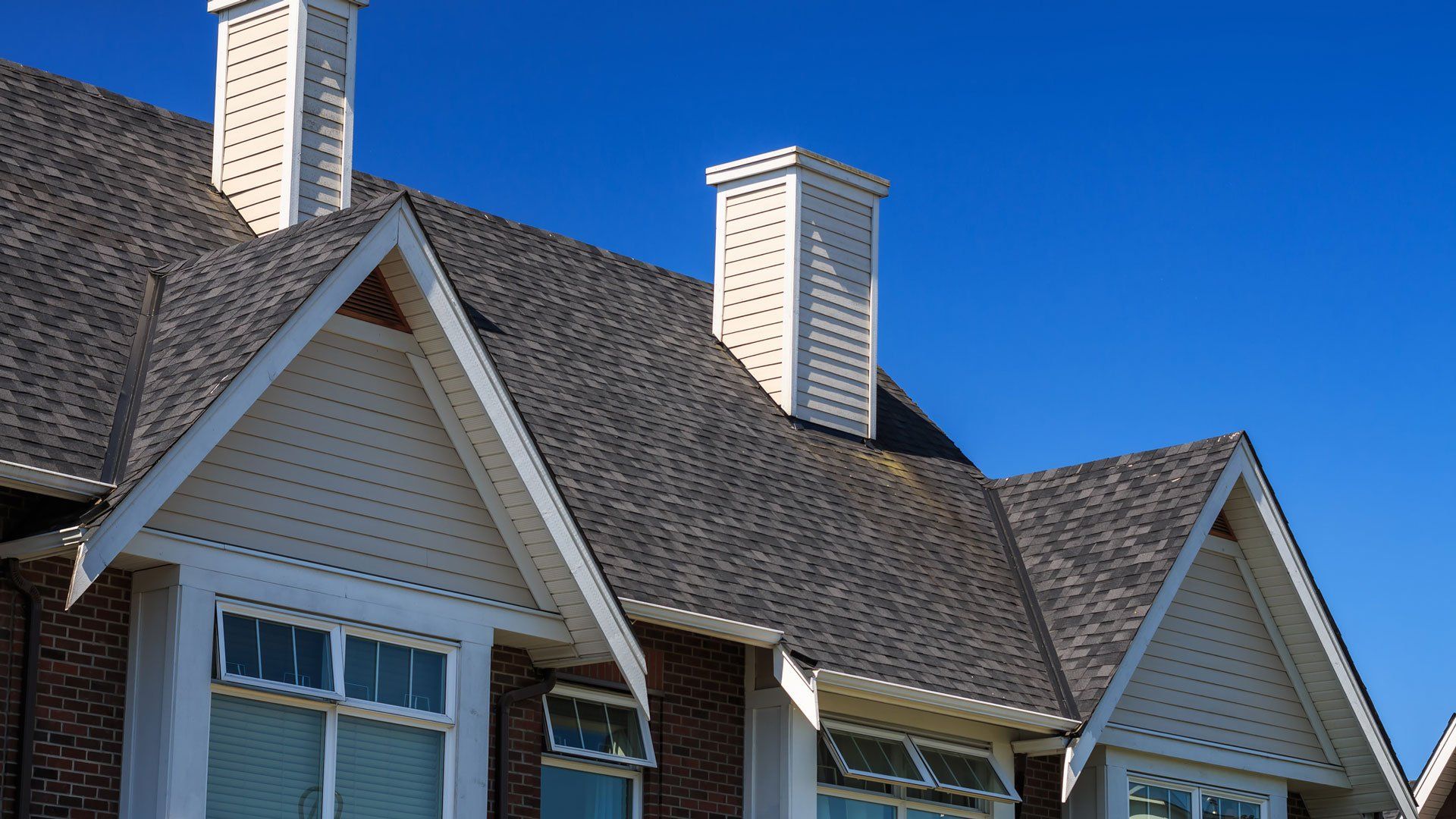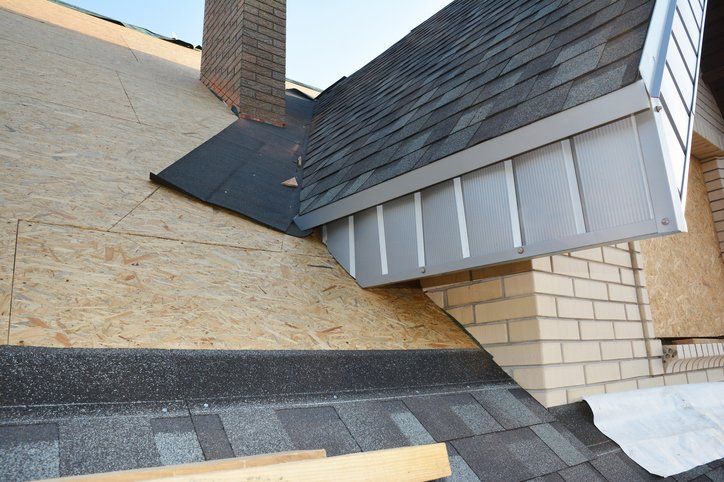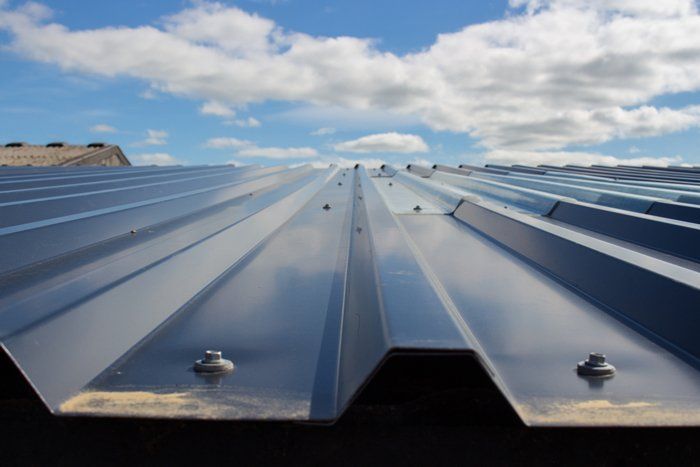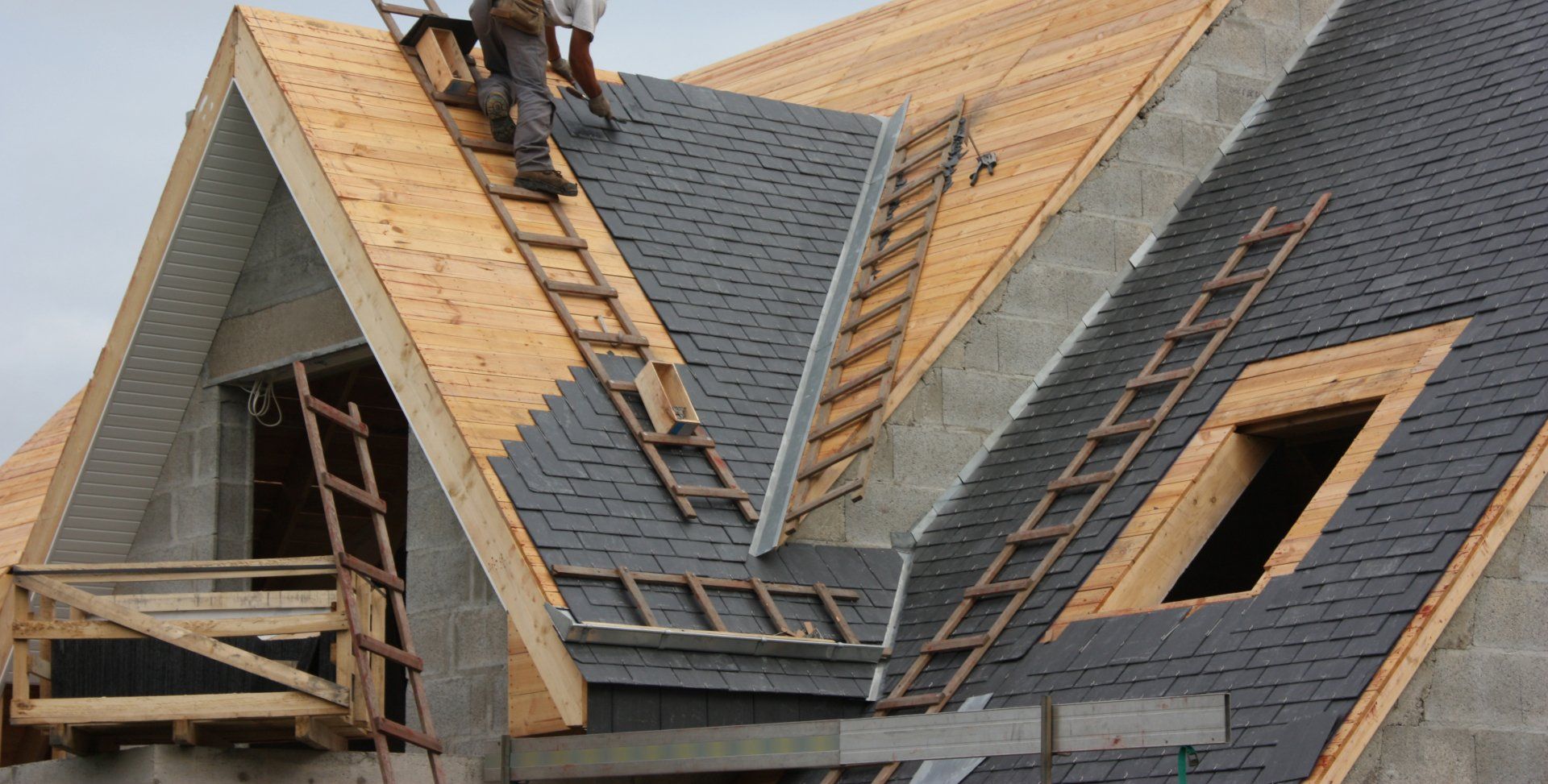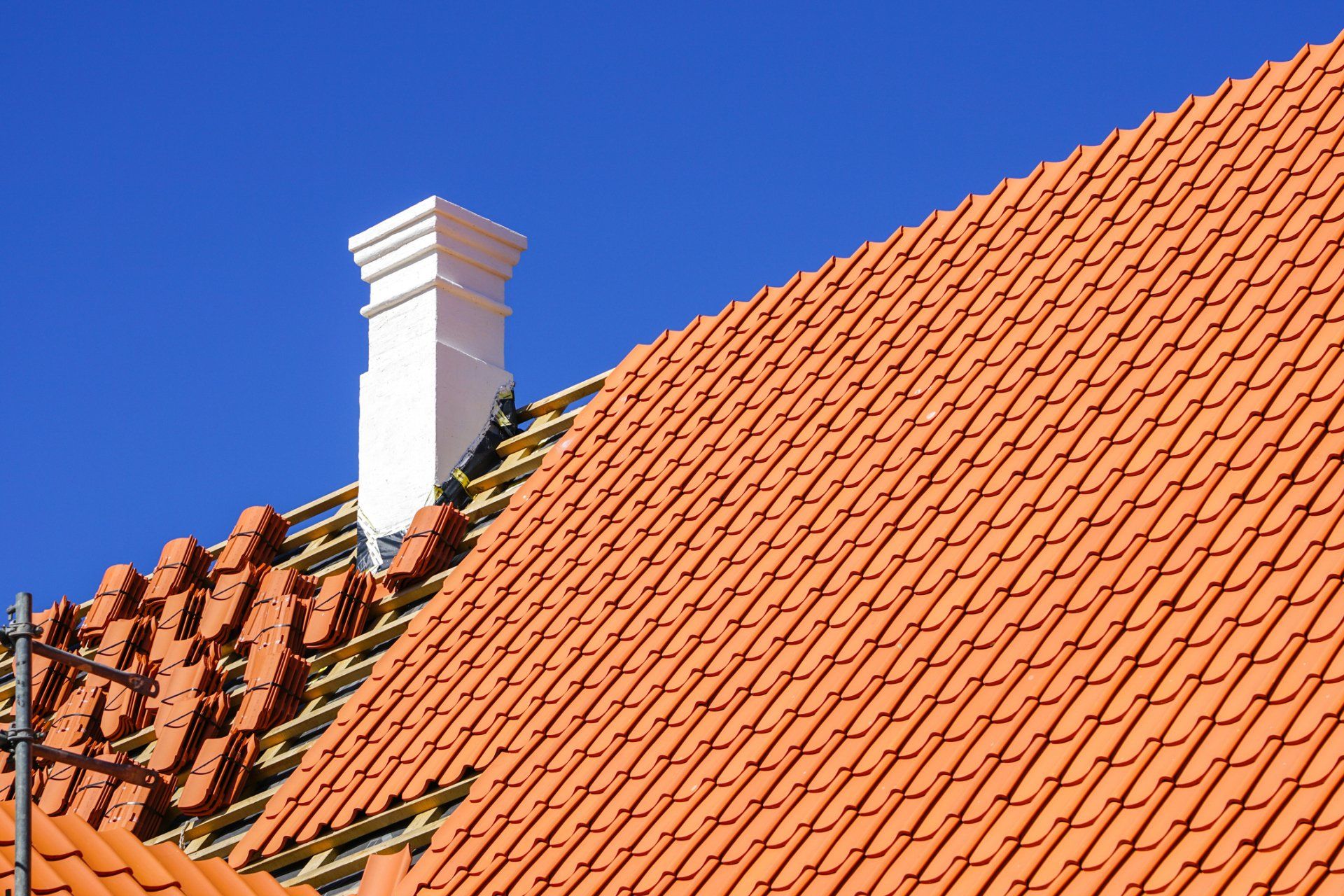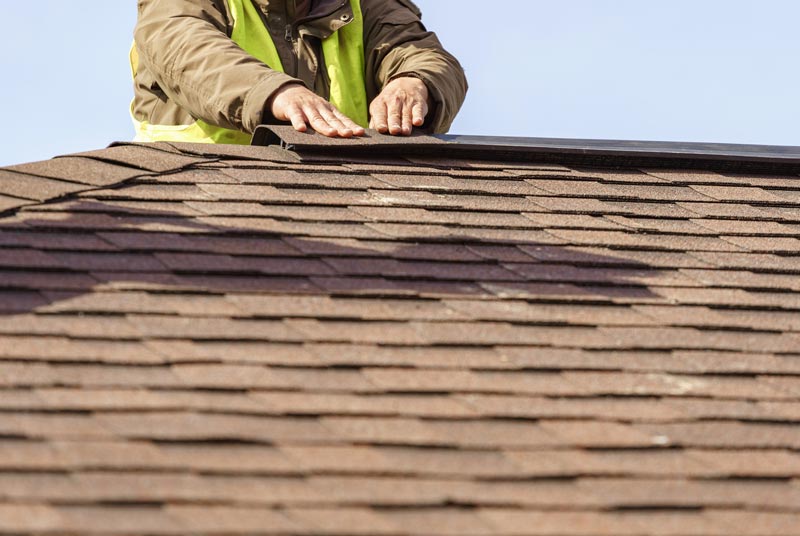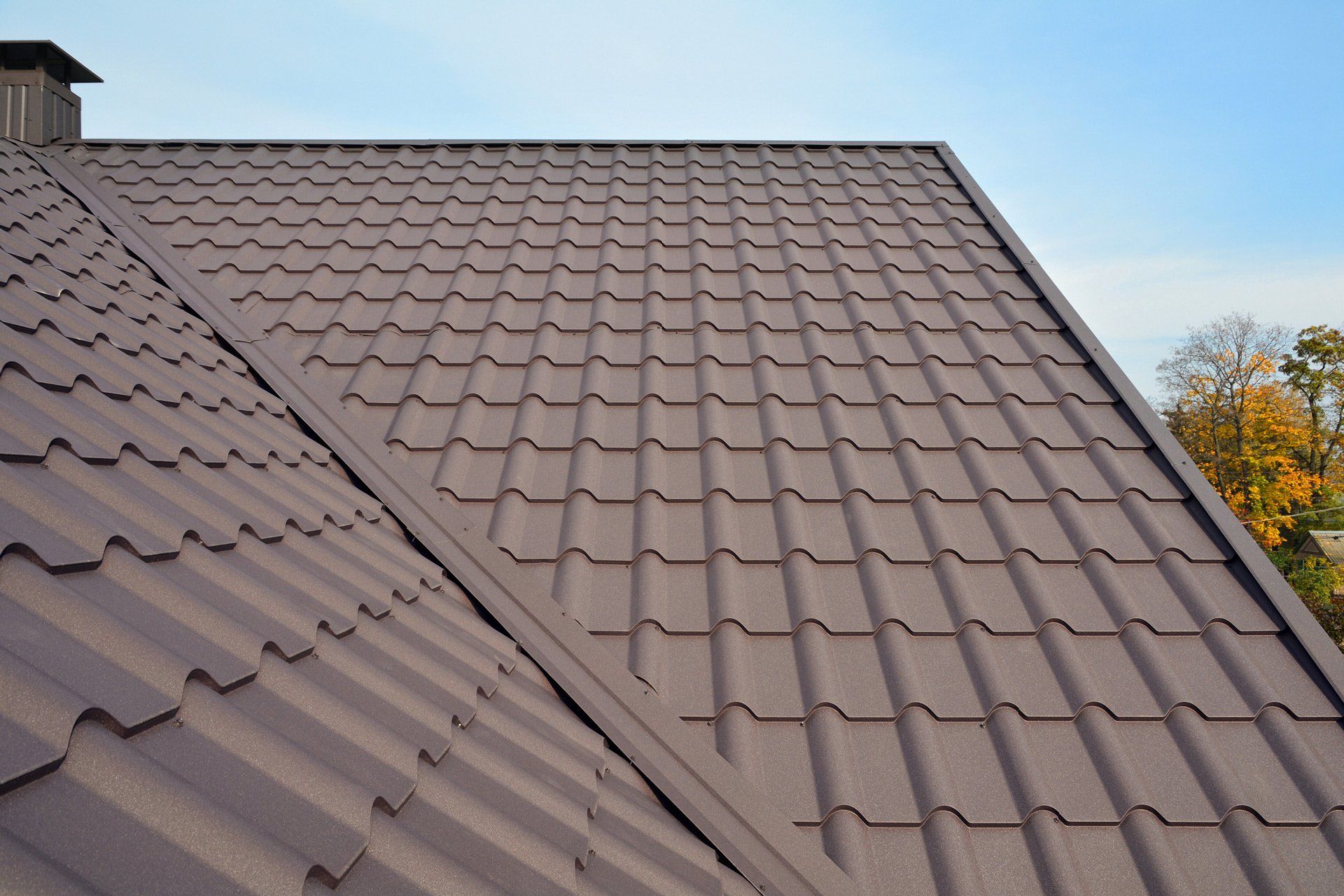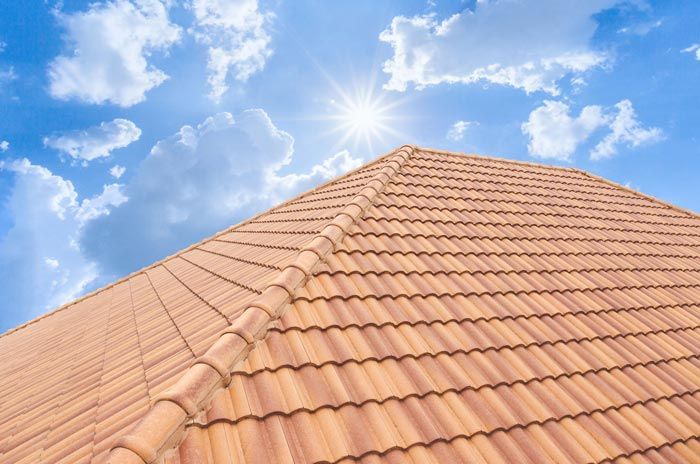4 THINGS TO KNOW ABOUT AN OVERLAY
An overlay is a roofing process where a new layer of shingles is applied on top of your existing layer of shingles. This project is one way to prolong the life of your roof without a complete roof replacement. That said, an overlay only works under certain conditions. Read on to learn about some advantages and drawbacks of this method.
1. Roof Decking Must Be Strong Enough
For an overlay to work, your roof still needs to be in relatively good shape. Specifically, your roof decking has to be strong enough to support the weight of an overlay.
The roof decking is the layer that all the other roofing materials go on top of. Plywood is the most common residential roof decking material.
If the roof deck is in poor condition, the new roof may fail. For example, a rotting roof deck will not be able to support the weight of an overlay and could result in your roof collapsing down the line.
2. Existing Shingles Need to Be in Good Shape
Next, for an overlay to work, your shingles also need to be in decent shape. If your shingles are cracked, breaking down, and missing, an overlay is not a good idea. That’s because shingles with extensive damage are a sign of that your roof has water damage under the shingles.
Water damage needs to be dealt with directly, which is why a tear-off is best if the quality of your shingles is greatly compromised. If the shingles are old but still providing adequate coverage, then an overlay will work.
3. Most Roofs Can Only Support Two Layers of Shingles
Most roofs can only support a couple of layers of shingles. Shingles are really heavy, and your roof decking is only designed to support so much weight. When your roof starts to get too heavy, the decking and tresses under your roof could become compromised and damaged.
Additionally, in many areas, building regulations dictate how many layers of shingles your roof is allowed to have. In most areas, building codes only permit two layers of shingles on your roof, although some areas allow three layers of shingles.
If you already have two layers of shingles on your roof, it may be time for a tear-off instead of putting an additional layer of shingles on your roof. If you only have one layer of shingles on your roof, an additional layer should comply with local building codes.
4. Overlays Can Save You a Significant Amount of Money
Finally, a roofing overlay instead of a tear-off can save you a significant amount of money. With an overlay, you are just paying for shingles, nails, and the labor to put the shingles on your roof.
When you have a tear-off performed on your roof, you pay for the labor to remove the old roofing materials. You also have to pay for the disposal of the old roofing materials.
Additionally, you have to pay for a lot more materials when you have your roof completely replaced. You have to pay for new underlayment, as well as potentially new decking.
If you know that your roof needs to be replaced but you don't have a big budget, an overlay could save you some money. However, it won’t last as long as completely replacing your roof.
If you are considering an overlay instead of a tear-off for your roof, have our team at Whittle's Roofing Co., Inc.
, come out and inspect your roof. We can let you know if your roof is in the right condition for an overlay and help you explore affordable roofing replacement solutions.
